What you need to know about House v. NCAA settlement
On Wednesday, the NCAA Board of Governors voted to accept the settlement offer in the House v. NCAA antitrust case. That became even more official on Thursday when the SEC and Pac-12 voted to do the same. A new age in college athletics could be arriving in 2025.
Some of you reading this may be wondering what this case is and why it is important. KSR is here to break it down in the simplest form possible. Just know that the amateurism model is officially dead with this move, and there could be revenue sharing in college athletics next fall.
What is House v. NCAA?
In its simplest form, House v. NCAA is an antitrust lawsuit filed against the NCAA brought by former Arizona State swimmer Grant House in 2020. The suit challenges the NCAA’s NIL (name, image, and likeness) rules. Former TCU women’s basketball player Sedona Prince and Illinois football player Tymir Oliver have also joined the case.
Being tried in the Northern District of California, the NCAA could be forced to pay damages to over 14,000 NCAA current and former athletes for what they could have made if NIL was allowed before 2021.
Why did the NCAA want to settle?
The NCAA and its member conferences were going to be forced to pay over $4 billion in damages in retroactive NIL play if they were to lose this case — and losing seems likely at the moment. Part of the damages would include shares of broadcast revenue.
Reaching a settlement means $2.8 billion in backpay to NCAA athletes over a 10-year period. Had a settlement not been reached, the backpay could have soared way past that $4 billion figure due to several antitrust lawsuits currently ongoing against the NCAA.
The power conferences will pay 40 percent of the backpay due, and the remaining 60 percent will come from conferences outside the Power Five.
What does that do to the NCAA model?
The amateurism model was on its last leg when NIL became legal. It is officially dead now. Student-athletes will not technically be employees but they will be pretty close.
There will now be a revenue-sharing model where schools will put $20 million in a pot and disperse it to athletes. The current goal is for 22 percent of annual revenue generated by power conferences (ACC, Big Ten, Big 12, SEC) to go to the athletes.
The current expectation is that there will be a cap eventually put on the revenue sharing figure. That makes the financial component from other streams much more important.
Everyone knows that the Big Ten and SEC are making the most money. The 34 schools in that conference should have no issue getting to the $20 million figure. It could be more difficult for other leagues. Clemson and Florida State are both actively trying to leave the ACC because of the revenue gap. Those athletic departments will find it more difficult to produce the funds needed to pay athletes.
Schools outside of a power conference without a robust football television deal will fall further behind. There is also an expectation that scholarship limits could be eliminated but that is not final.
What about Title IX?
Title IX is a federal law that has been around for 50-plus years and it protects students from “sex-based discrimination at any school that receives federal funding stipulates schools must provide male and female student-athletes with equal treatment and benefits.”
How that affects how schools disperse their $20-plus million yearly is undecided at the moment.
There is not a clear answer on whether Title IX applies to market-based payments to college athletes, whether those payments are for NIL rights or athletic performance,” Mit Winter, a college sports attorney with Kennyhertz Perry and board member for the players’ association Athletes.org, told On3. “You’ll get different answers depending on who you talk to, and there are legal analyses going both ways.”
That is something that will need to be figured out down the road. Expect some more lawsuits in the future.
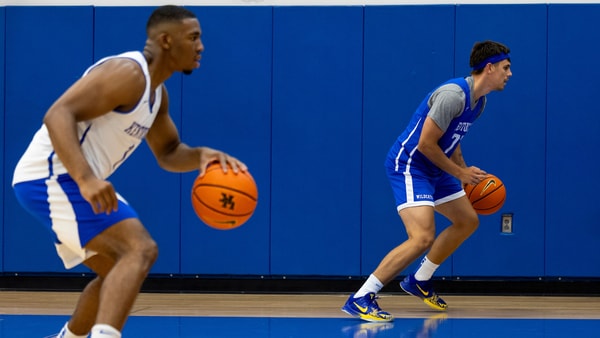
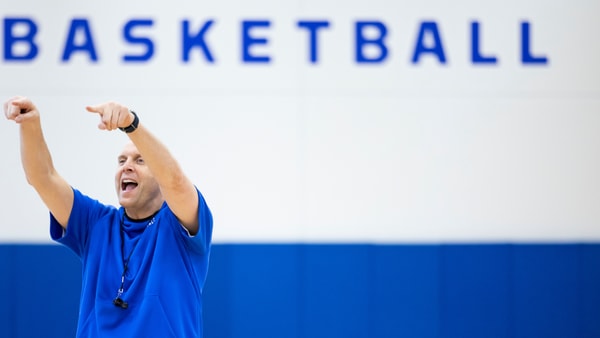
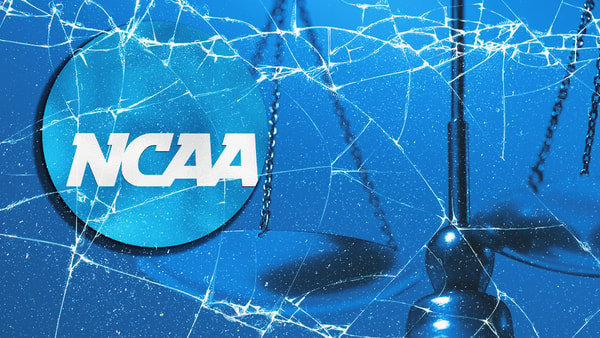
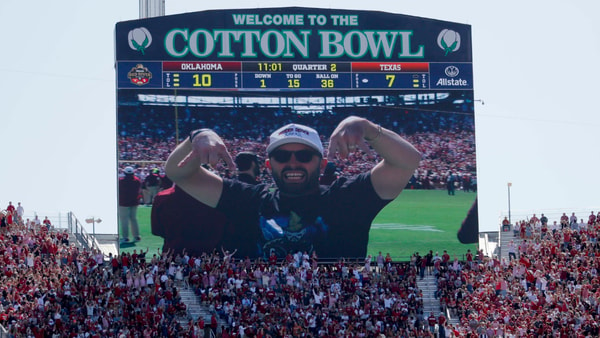
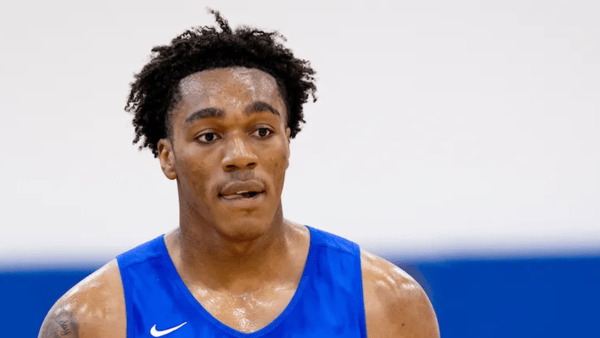
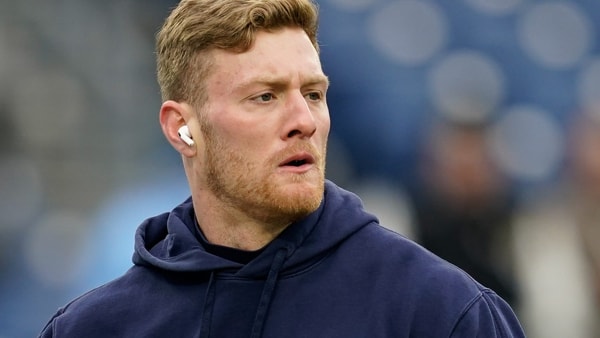
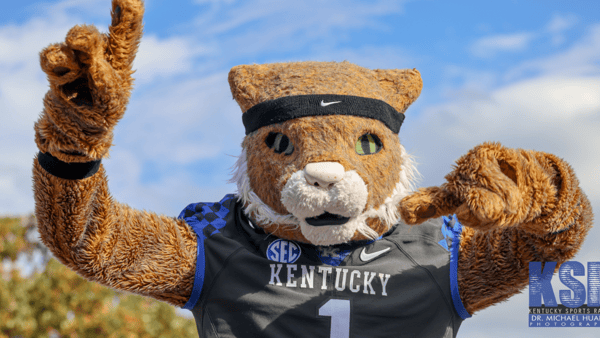
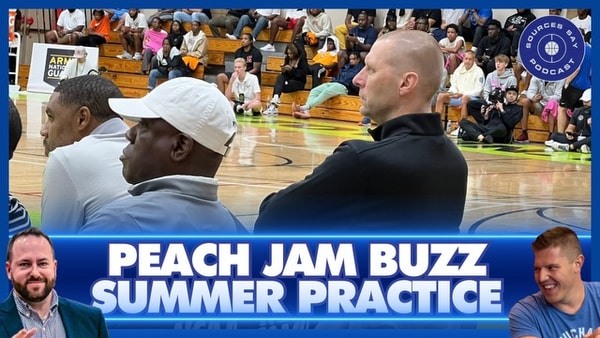
Discuss This Article
Comments have moved.
Join the conversation and talk about this article and all things Kentucky Sports in the new KSR Message Board.
KSBoard